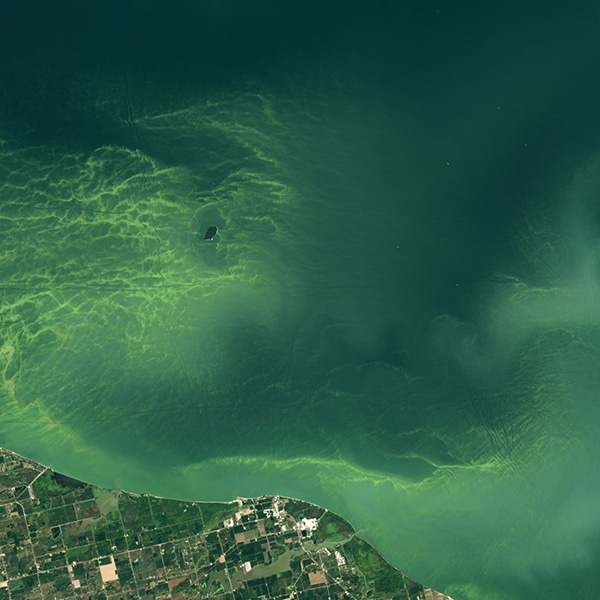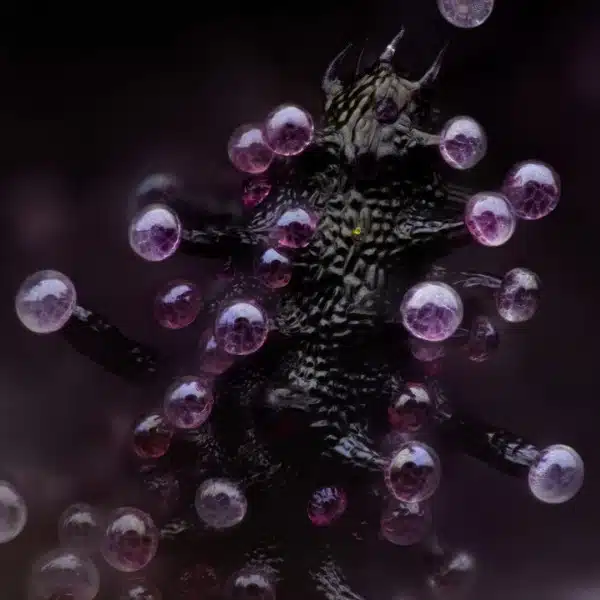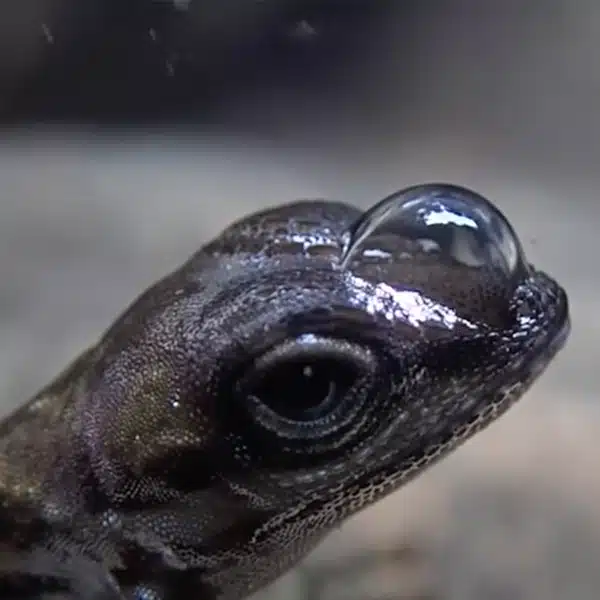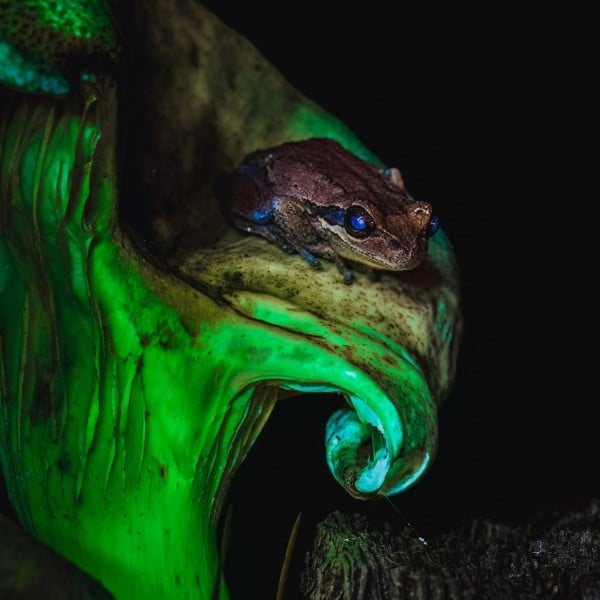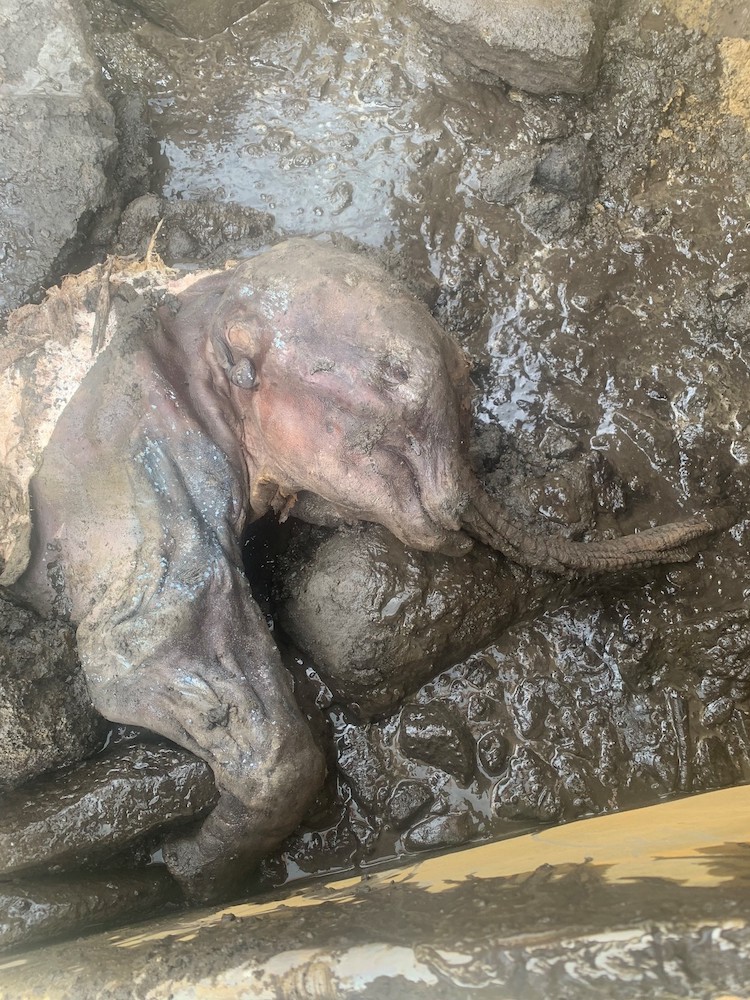
Photo: Government of Yukon
For only the second time in history, a baby woolly mammoth has been recovered. Discovered by gold miners in Canada's Yukon territory, the discovery is the first of its kind in North America. The female baby mammoth, whose body is mummified, was found on land owned by the Tr'ondek Hwech'in First Nation. This makes it an exciting discovery for both paleontologists and this First Nation.
The baby mammoth was first unearthed when a miner was digging through muck using a front loader. He hit upon something and immediately stopped, calling his boss over. When his boss, Treadstone Mining's Brian McCaughan, saw what he struck, he put a halt to the operation and called in the proper experts.
For Dr. Grant Zazula, the Yukon government's paleontologist, it was a day that he'll never forget. “As an ice age paleontologist, it has been one of my lifelong dreams to come face to face with a real woolly mammoth. That dream came true today,” he shared.
While other woolly mammoths have been discovered in North America, none have been as well-preserved as the one found in Yukon. Named Nun cho ga, which means “big baby animal” in the Hän language spoken by the Tr'ondek Hwech'in, she's around the same size as the baby mammoth named Lyuba discovered in Siberia in 2007.
Geologists from the Yukon Geological Survey and University of Calgary who recovered the frozen mammoth from the site estimate that she's at least 30,000 years old. Grass found on Nun cho ga's intestine may be a clue about how she died. Dr. Zazula, who believes Nun cho ga was only 30 to 35 days old, has hypothesized that the young mammoth could have wandered away from her mother while snacking on some grass and got stuck in the mud.
“And that event, from getting trapped in the mud to burial was very, very quick,” he said.
However she died, Nun cho ga is being celebrated thanks to her rediscovery. After being recovered from the mining site, she was brought to a location for a special blessing ceremony by a group of Tr'ondek Hwech'in elders. The body, which was wrapped in a tarp, was slowly revealed to the group, which also included scientists, miners, and local officials.
“It’s amazing. It took my breath away when they removed the tarp,” shared Tr'ondëk Hwëch'in Elder Peggy Kormendy. “We must all treat it with respect. When that happens, it is going to be powerful and we will heal. We must as a people.”
In the coming months, the Yukon Government and the Tr'ondëk Hwëch'in will be working together to learn more about Nun cho ga.
A miner in Yukon was working when his equipment hit upon an incredible discovery—a baby woolly mammoth.
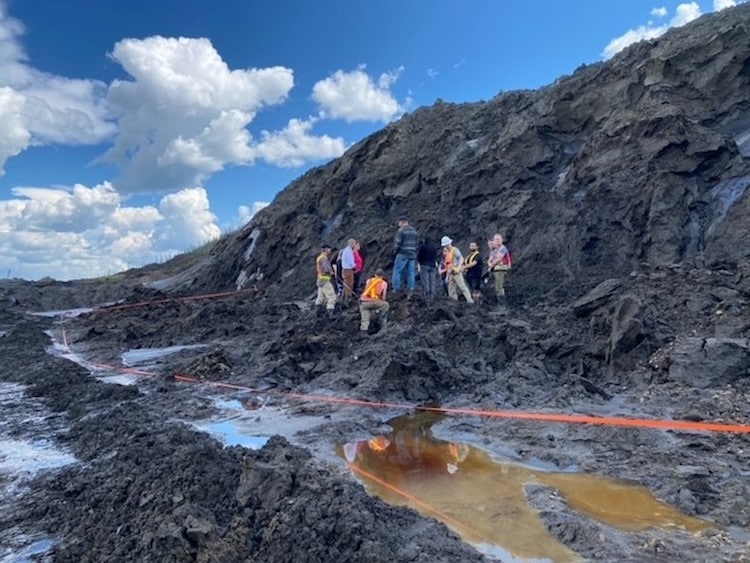
Photo: Klondike Placer Miner’s Association
The mummified mammoth, named Nun cho ga, was found on land owned by the Tr'ondek Hwech'in First Nation.
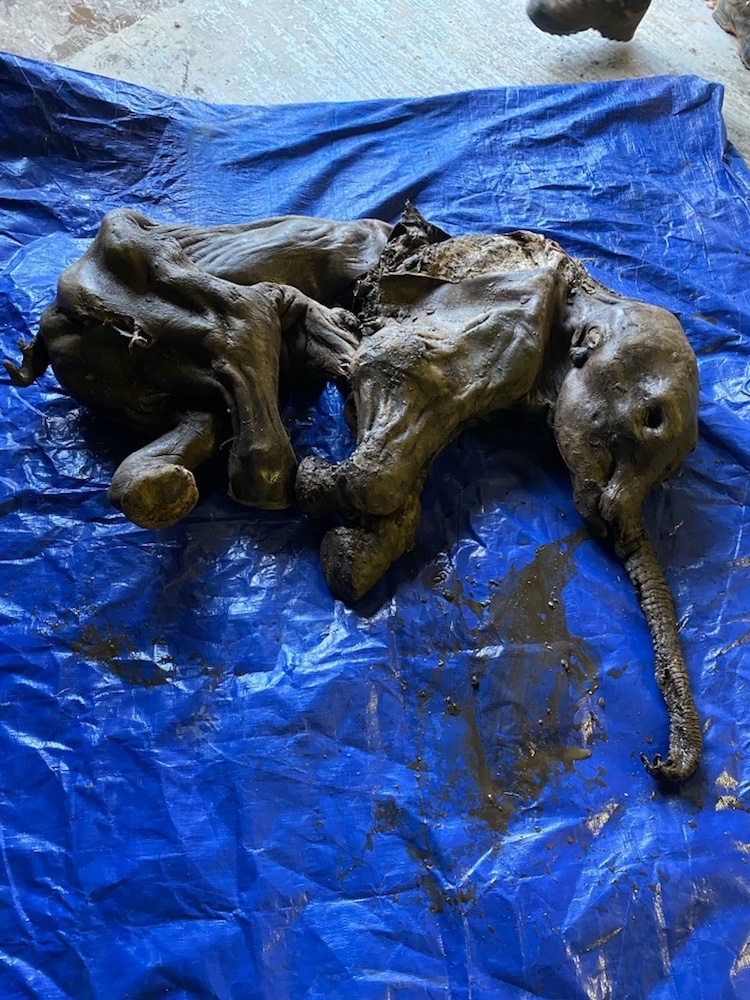
Photo: Government of Yukon
A special unveiling and blessing took place in honor of the first baby woolly mammoth found in North America.
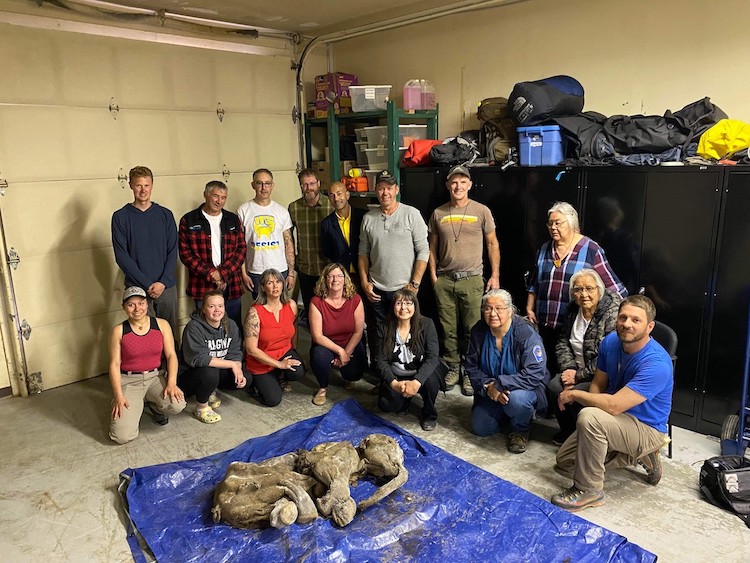
Photo: Government of Yukon
h/t: [CBC]
My Modern Met granted permission to feature photos by the Government of Yukon.
Related Articles:
World’s Oldest DNA Is Discovered in a 1.2-Million-Year-Old Mammoth
Fossil of Flying Reptile From 170 Million Years Ago Found on Scotland’s Isle of Skye
Woolly Mammoth Tusk Is Unexpectedly Found Sticking Out of an Alaskan River Bank
Scientists Discover a 17,000-Year-Old Woolly Mammoth Roamed Enough to Circle the Earth Twice














































































